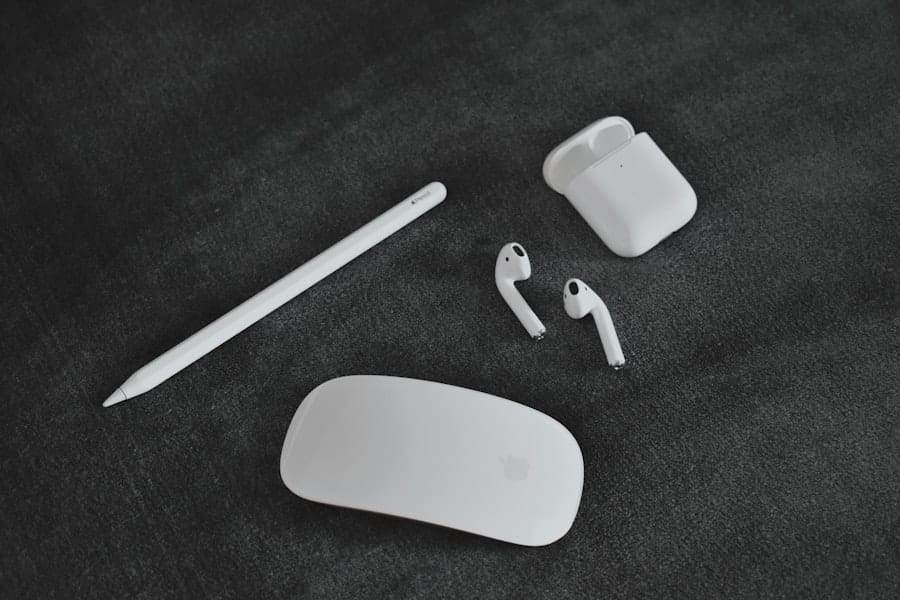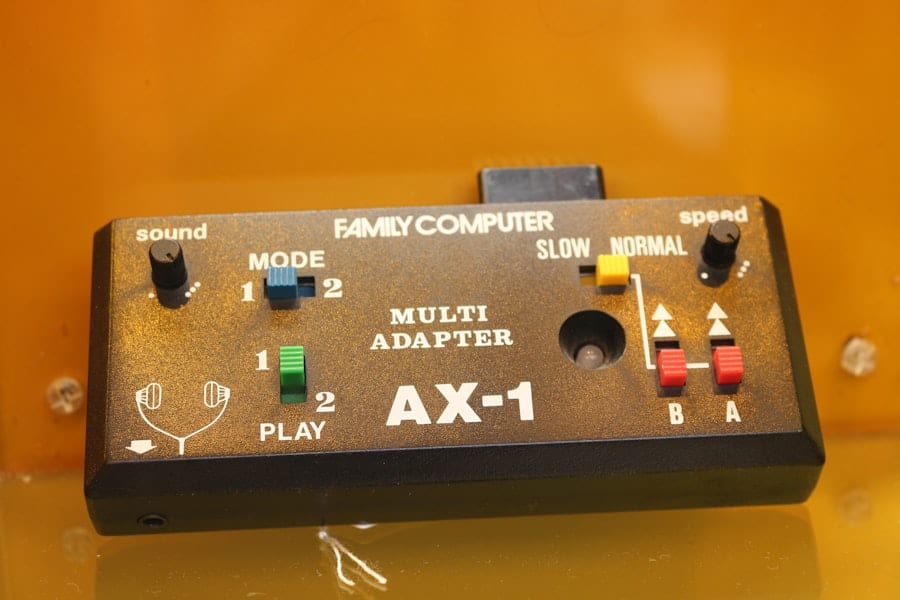The concept of multi-sensory interfaces has evolved significantly over the past few decades, driven by advancements in technology and a deeper understanding of human perception. Initially, user interfaces were predominantly visual and auditory, relying on screens and speakers to convey information. The early days of computing saw the mouse and keyboard as the primary means of interaction, which limited the ways users could engage with digital content.
As technology progressed, researchers began to explore how incorporating additional senses—such as touch, smell, and even taste—could enhance user experience and create more immersive environments. The introduction of haptic feedback marked a pivotal moment in the evolution of multi-sensory interfaces. Devices like smartphones and gaming controllers began to incorporate vibrations and tactile sensations to provide users with a more engaging experience.
This development was further complemented by advancements in virtual reality (VR) and augmented reality (AR), where the integration of visual, auditory, and haptic feedback created a more holistic interaction model. As these technologies matured, the potential for multi-sensory interfaces expanded beyond entertainment and gaming, finding applications in fields such as education, healthcare, and design. The evolution of these interfaces reflects a growing recognition of the importance of engaging multiple senses to create richer, more meaningful interactions with technology.
Key Takeaways
- Multi-sensory interfaces have evolved to incorporate multiple senses, such as touch, sight, and sound, to create a more immersive user experience.
- These interfaces benefit people with disabilities by providing alternative ways to interact with technology, such as haptic feedback for the visually impaired or voice commands for those with mobility issues.
- Multi-sensory interfaces play a crucial role in virtual reality and augmented reality, enhancing the sense of presence and immersion for users.
- The impact of multi-sensory interfaces on user experience is significant, as they can create more engaging and interactive experiences for users across various applications and industries.
- The future of multi-sensory interfaces in technology looks promising, with potential advancements in areas such as healthcare, education, and entertainment, to provide more inclusive and accessible experiences for all users.
How Multi-Sensory Interfaces Benefit People with Disabilities
Multi-sensory interfaces hold immense potential for enhancing the lives of individuals with disabilities by providing alternative means of interaction that cater to diverse needs. For instance, individuals with visual impairments can benefit from tactile feedback and auditory cues that guide them through digital environments. Screen readers, which convert text into speech, have long been a staple for visually impaired users; however, the integration of haptic feedback can further enhance navigation by allowing users to feel the layout of a webpage or application.
This combination of auditory and tactile information creates a more intuitive experience, enabling users to interact with technology in ways that were previously challenging. Moreover, multi-sensory interfaces can also support individuals with hearing impairments. Visual alerts and vibrations can be employed to convey information that would typically be communicated through sound.
For example, in emergency situations, a multi-sensory alert system could use flashing lights and vibrations to notify individuals who are deaf or hard of hearing. Additionally, sign language recognition systems that utilize motion sensors can facilitate communication between hearing individuals and those who use sign language, breaking down barriers and fostering inclusivity. By embracing multi-sensory approaches, technology can become more accessible, empowering individuals with disabilities to engage fully in various aspects of life.
The Role of Multi-Sensory Interfaces in Virtual Reality and Augmented Reality

In the realms of virtual reality (VR) and augmented reality (AR), multi-sensory interfaces play a crucial role in creating immersive experiences that mimic real-world interactions. VR systems often employ a combination of visual displays, spatial audio, and haptic feedback to transport users into entirely new environments. For instance, in a VR simulation designed for training purposes—such as medical procedures or flight simulations—users can not only see the environment but also hear relevant sounds and feel physical sensations that correspond to their actions.
This multi-faceted approach enhances learning outcomes by providing a realistic context in which users can practice skills without real-world consequences. Augmented reality takes this concept further by overlaying digital information onto the physical world. Multi-sensory interfaces in AR can provide users with visual cues that are enhanced by auditory feedback or tactile sensations.
For example, an AR application used for navigation might display directional arrows on a user’s smartphone screen while simultaneously providing auditory instructions and vibrations to indicate turns or points of interest. This integration of multiple sensory modalities not only improves usability but also enriches the overall experience by making interactions more engaging and intuitive. As VR and AR technologies continue to advance, the role of multi-sensory interfaces will be pivotal in shaping how users interact with both virtual and augmented environments.
The Impact of Multi-Sensory Interfaces on User Experience
The impact of multi-sensory interfaces on user experience is profound, as they fundamentally alter how individuals engage with technology. By appealing to multiple senses simultaneously, these interfaces can create more immersive and memorable experiences.
Users can not only see step-by-step recipes but also hear alerts when it’s time to stir or check the oven while feeling vibrations from their smart utensils when they need to take action. This multi-sensory approach not only enhances engagement but also reduces cognitive load by providing information through various channels. Furthermore, multi-sensory interfaces can significantly improve retention and learning outcomes.
Research has shown that when information is presented through multiple sensory modalities, individuals are more likely to remember it compared to single-modality presentations. In educational settings, for example, students learning about complex scientific concepts can benefit from interactive simulations that combine visual animations, auditory explanations, and tactile experiments. This holistic approach caters to different learning styles and preferences, ensuring that all students have the opportunity to grasp challenging material effectively.
As user experience continues to evolve in an increasingly digital world, the integration of multi-sensory interfaces will be essential in creating engaging and effective interactions.
The Future of Multi-Sensory Interfaces in Technology
Looking ahead, the future of multi-sensory interfaces in technology appears promising as innovations continue to emerge across various sectors. One area poised for significant growth is wearable technology, where devices such as smartwatches and fitness trackers are already incorporating multi-sensory feedback mechanisms. Future iterations may include advanced haptic feedback systems that provide nuanced sensations based on user activity or environmental conditions.
Imagine a smartwatch that not only vibrates for notifications but also simulates different textures or temperatures based on the context—such as feeling a warm sensation when receiving good news or a cool one during stressful moments. Moreover, advancements in artificial intelligence (AI) are likely to enhance the capabilities of multi-sensory interfaces further. AI algorithms can analyze user behavior and preferences to tailor sensory feedback accordingly.
For instance, an AI-driven virtual assistant could learn how a user prefers to receive information—whether through visual displays, auditory prompts, or tactile signals—and adapt its responses accordingly. This level of personalization could lead to more intuitive interactions that feel seamless and natural. As technology continues to evolve at an unprecedented pace, the integration of multi-sensory interfaces will undoubtedly play a pivotal role in shaping the future landscape of human-computer interaction.
Challenges and Limitations of Multi-Sensory Interfaces

Despite their potential benefits, multi-sensory interfaces also face several challenges and limitations that must be addressed for widespread adoption. One significant hurdle is the complexity involved in designing interfaces that effectively integrate multiple sensory modalities without overwhelming users. Striking the right balance between sensory input is crucial; too much information from various channels can lead to confusion or cognitive overload rather than enhancing the user experience.
Designers must carefully consider how different senses interact and ensure that each modality complements rather than competes with others. Another challenge lies in accessibility and standardization across devices and platforms. As multi-sensory interfaces become more prevalent, ensuring compatibility among different systems is essential for creating cohesive experiences.
For instance, a haptic feedback system designed for one device may not function seamlessly on another due to variations in hardware capabilities or software implementations. Additionally, there is a need for guidelines and standards that promote best practices in multi-sensory design to ensure inclusivity for all users, including those with disabilities. Addressing these challenges will be critical for realizing the full potential of multi-sensory interfaces in technology.
Examples of Successful Multi-Sensory Interface Integration
Several successful examples illustrate how multi-sensory interface integration can enhance user experiences across various domains. In the realm of gaming, titles like “Beat Saber” have demonstrated how combining visual elements with rhythmic audio cues and haptic feedback creates an engaging gameplay experience. Players not only see colorful blocks approaching but also hear music that guides their movements while feeling vibrations through their controllers as they strike targets.
This synergy between senses elevates immersion and enjoyment levels. In healthcare, multi-sensory interfaces have been employed in rehabilitation settings to aid patients recovering from strokes or injuries.
These systems provide real-time feedback on performance while keeping patients motivated through gamified experiences that engage multiple senses simultaneously. Such applications highlight how thoughtful integration of sensory modalities can lead to improved outcomes in critical areas like health and wellness.
The Importance of Accessibility and Inclusivity in Technology
As technology continues to advance rapidly, ensuring accessibility and inclusivity remains paramount in the development of multi-sensory interfaces. The digital divide still exists for many individuals with disabilities who may struggle to access or utilize conventional technologies effectively. By prioritizing inclusive design principles from the outset, developers can create solutions that cater to diverse needs rather than retrofitting existing products after-the-fact.
Incorporating feedback from users with disabilities during the design process is essential for creating effective multi-sensory interfaces that truly meet their needs. Engaging with communities representing various disabilities can provide valuable insights into how different sensory modalities can be leveraged to enhance usability and engagement. Furthermore, fostering collaboration between technologists, designers, educators, and advocacy groups will help ensure that future innovations prioritize accessibility as a core value rather than an afterthought.
By embracing these principles, we can create a technological landscape where everyone has equal opportunities to engage with digital content meaningfully—regardless of their abilities or limitations—ultimately enriching society as a whole through diverse perspectives and experiences.
In the realm of technology, inclusivity is becoming increasingly important, and multi-sensory interfaces are playing a pivotal role in this transformation. These interfaces are designed to engage multiple senses, making technology more accessible to a broader audience, including those with disabilities. A related article that delves into the advancements in wearable technology, which often incorporates multi-sensory features, is the review of smartwatches. This review highlights how modern smartwatches are not only stylish but also equipped with features that cater to diverse user needs, enhancing accessibility and user experience. For more insights, you can read the full article


